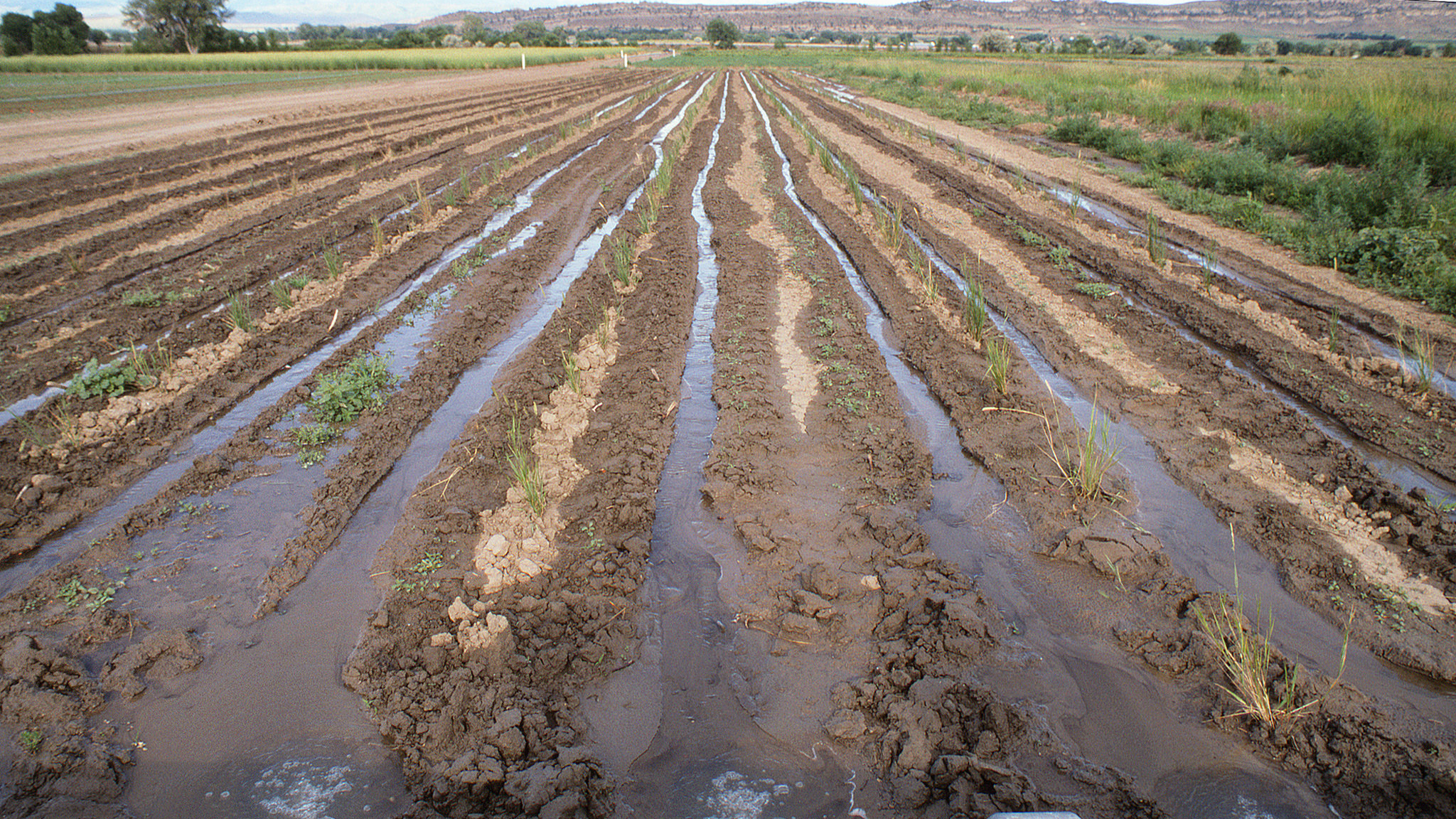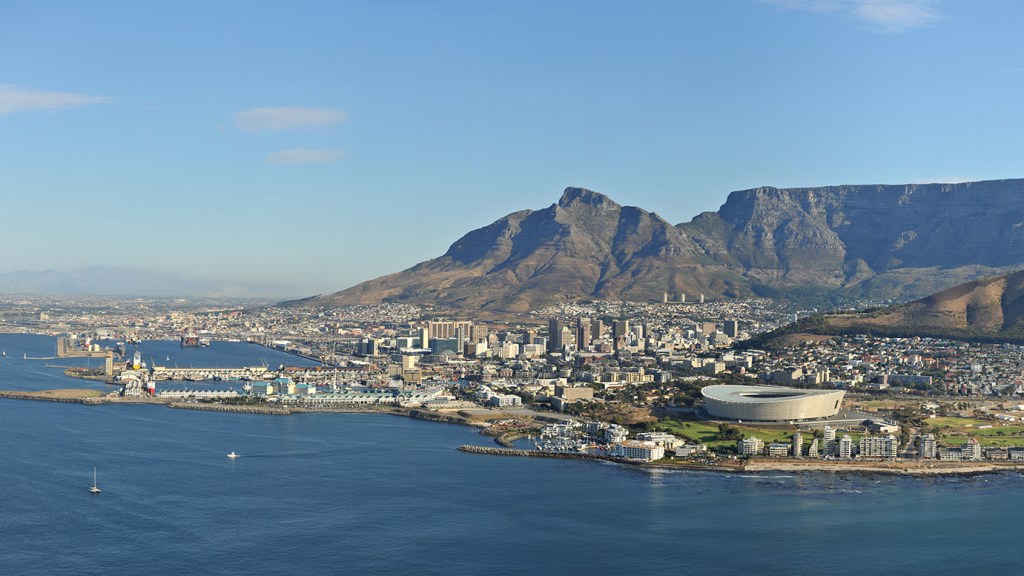They call it Day Zero. That’s the day when the City of Cape Town, South Africa, is projected to run out of water. As of right now, Day Zero is projected to be April 22, just a few months away. The city is in midst of an historic drought, which has reduced the water flowing into the city’s reservoirs and acquirers. This drought has come after several decades of steady growth in the population of Cape Town, which has increased water demand. While this particular drought in Cape Town will end, just like early severe droughts in Sao Paulo and other large cities, recent research by my collaborators and I suggests it is a harbinger of what is to come: an era of more frequent urban water shortages.
The main long-term driver of these shortages is the unprecedented urban growth occurring around the world. We are living in what could rightly be called the urban century. Globally, more than 2 billion additional people are expected in cities by 2050. They will all need water: to drink, to bathe, to use the toilet, to wash their clothes and dishes. One forecast is that urban water consumption might increase by 50-250% by 2050.
All this additional urban water demand is happening at the same time that the impact of climate change is beginning to be more profound. Climate change will alter the timing and intensity of precipitation events, impact the amount of water flowing in to reservoirs and aquifers. Greater air temperatures will increase evaporation rates, making basins more arid. While there will be great variability from place to place in the impact of climate change on water availability, the general trend is for climate change to make the wet periods even wetter, increasing flood risk, while also making the dry periods drier, increasing drought risk.
My colleagues (Martina Flörke and Christof Schneider of the University of Kassel) and I recently published a study in Nature Sustainability that addressed exactly this issue. We were trying to figure out what happens when these two trends — the urban century and an altered climate — intersect. We took the best climate model forecasts of temperature and precipitation, and fed that data into a global hydrologic model, that tracks how water moves after precipitation into places like streams and reservoirs. Then using a unique dataset mapping where hundreds of the world’s cities get their water, we could quantify how climate change will affect water availability, and compare that with forecasts of water demand.

Ominously, we found that more than 1 in 4 cities could have water shortages by 2050 even if they had first priority for water. This means that even if the city sucked their current water sources dry, to the exclusion of all other sectors, they will wouldn’t get enough water. The options for cities in this situation are rather limited. They can increase water storage behind dams, hoping to increase their ability to weather long droughts. They can reduce demand by encouraging technologies that reduce water use in the city, or merely by fixing leaky pipes. Or they can develop new water sources, perhaps transporting water from farther away, exploiting groundwater, or desalinating ocean water.
Another 19% of cities will find themselves in competition with other sources for water, most often agriculture. That is, in these basins there is not enough for both urbanites and farmers to get all they demand- someone has to compromise. This could lead to real increase in social and political conflicts between the urban and agricultural sectors.
We did highlight one potential solution though that could alleviate these situations of conflict. In many basins, agricultural use for irrigation is the dominant water use, but irrigation is not always efficiently applied. A modest 10% increase in water use efficiency by agriculture could solve the water shortfall in 80% of these basins with the potential for conflict. If cities can partner with the agricultural sector to help them transition to technologies that use water more efficiently, there will often be enough water for urban growth despite the impact of climate change.




I’m writing for middle schoolers. These youth will be vital for new solutions.
Do we maybe need to start doing some serious thinking about reducing the world population to a sustainable number? As the population increases so does the demand for water (and other non-renewable resources). If we can’t control population growth then the faster we go to extend our resources the behinder we get.
Water is the most precious gift that Mother .Earth has for all of nature and must be protected at all costs
Quite a few years ago, roughly 1985, I had a conversation with my manager. I worked at EPA Region IV at the time in Atlanta, GA. The managers’ comment was that Atlanta would grow to become one of the largest and most successful (populated) cities in the USA, if not the world – BECAUSE it had no natural boundaries. Boundaries such as oceans, lakes, mountains were absent from the Atlanta geography. I asked him: “what about water availability?” He suggested that Atlanta would have plenty given the major Lake Lanier reservoir, the Chattahoochee River, and Lake Allatoona. I suggested that might not be enough. Then, just 30 years later or so, the southeastern US had a sustained drought. Atlanta was days away from not being able to pump freshwater from Lake Allatoona. Lake Lanier was in better shape, but still way below capacity, and dropping. The rains came, fortunately. Today, Atlanta continues to grow quickly and significantly. However the ominous shortage of water is still a concern. It is not only Atlanta, but there are compounding issues. The States of Florida, Alabama, and Georgia have had a 20+ year legal battle between these states and with the Army Corps of Engineers about water flow and distribution. Over population, over use. Will we ever learn?
The best way to deal with this problem is by switching to the Hydrogen Economy which allows for cheap transportation of water along with the energy supply, as well as desalinization and distillation of salt and industrially contaminated water using the waste heat from the processes. When coupled with energy value, this allows for an “over parity” return on investment.
Urbanagandenergy.Org
Perhaps if farmers & big agriculture were inclined to put forth more effort into water use efficiency – changes would be made. What would it take to convince them? That seems to be the question. There is far too much of “I’m getting mine before anyone else” mindset! In almost every area of competition.
Division & us versus them. Attitudes have certainly changed in the last 50-60 years.